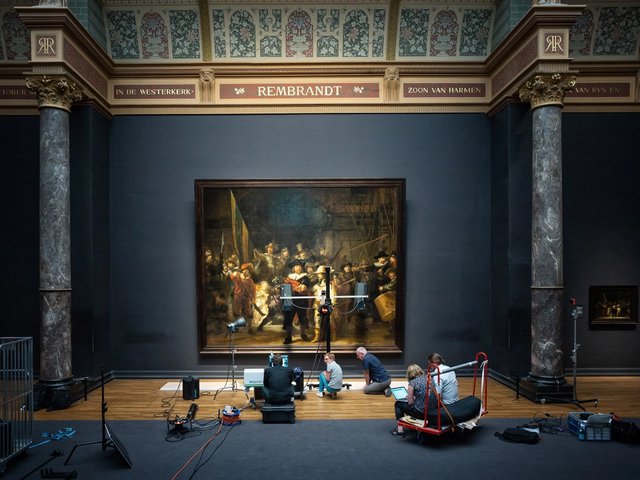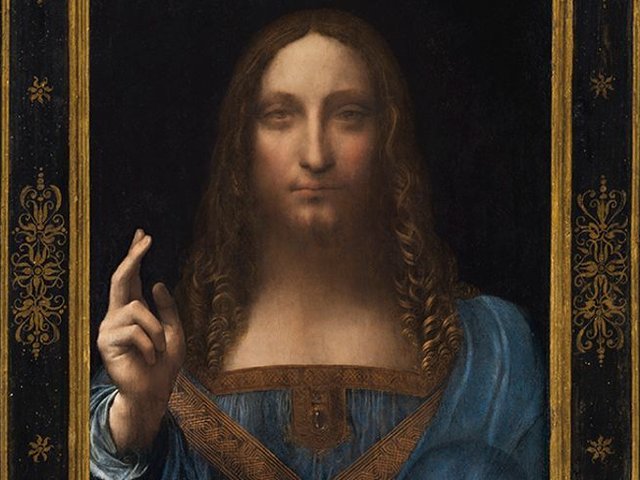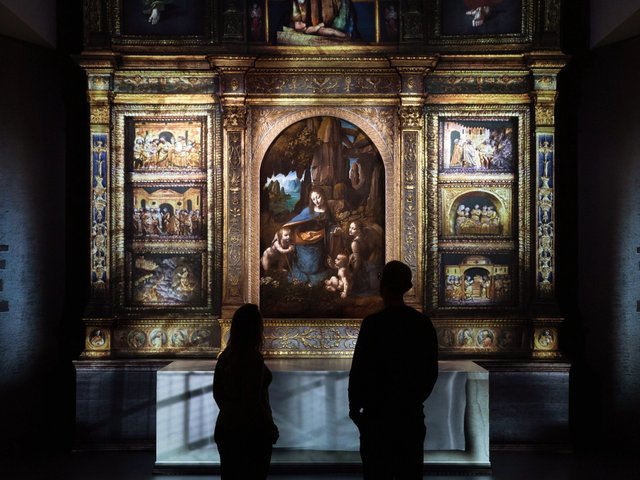In last month’s Diary, I asked—well, begged—readers to come to the first event of my book tour at the Cheltenham Literary Festival. Many thanks to those who did—we had nearly 1,000 people in the end. I have given my fair share of dud talks, but by some miracle this one was a hit. I knew it would go well when I put up the first slide—John Constable’s Hay Wain—and the whole audience went “ahhh”, like greeting an old friend.
The rest of my book tour was carefully planned to allow for travel by train. What naivety! Every line seems to be broken. So I’m driving everywhere. To break up the journeys I’ve mapped out some exciting art diversions. On my way to Derby Museum I went via Ullswater in the Lake District, to find the exact spot where Joseph Wright of Derby painted what was probably his last landscape, in around 1795. It’s a painting I use to illustrate the concept of “the sublime” in my book.
The painting shows a vast, calm lake, ringed by steep mountains in a golden evening light. There are no people aside from a single figure in a rowing boat. It is a powerful image, filled with the presence of nature. At the time, Wright was suffering from what we would now diagnose as depression. Sometimes he felt unable to even pick up a brush—when “art stands still”, as he
wrote. But he found that “the grandeur and magnificence” of places like the Lake District could stir him to work again, and Ullswater was one of “the most stupendous scenes” he had ever seen.
The view has traditionally been identified as taken from the southern side of the lake, at Scalehow Wood. By walking along the lakeshore I found Wright had instead been on the northern side, looking due south to Arnison Crag. At first, I couldn’t get the mountains to align as they do in the painting, and tried to continue further north along the lake. But my way was barred by a barbed-wire fence striking out into the water: “Private—Keep Out”, said the sign.
I had a grandmother who, in such circumstances, would boldly carry on and if challenged say, “Didn’t you get my letter?” with an accusing look. In the name of art history I followed her example. But this only established that Wright had not been on the lakeshore at all. In fact, he had gone up the hillside, to get further back from the mountains.
After a little further trespassing I found an old, abandoned farmstead beside a stream called Groovegill Beck. Eureka! I believe this was Wright’s vantage point. It affords a more expansive view towards the higher peak of St Sunday Crag, and the ravines between the peaks catch the evening light from the west. In the painting, Wright brings the mountains slightly closer together than they really are, and by adding the tiny rowing boat makes it appear as if he is down by the water’s edge.
By a romantic coincidence, William Wordsworth described rowing across Ullswater at more or less the same place just a few years later, in The Prelude (and fittingly Wright’s painting now belongs to the Wordsworth Trust). For Wordsworth, the mountains around the lake created “a grandeur in the beatings of the heart”, and as I stood there admiring the view that so impressed both Wordsworth and Wright, persuading myself that I too was experiencing similar feelings of sublimity in nature, two Royal Air Force jets on a training mission roared over my head, and I fell over.






